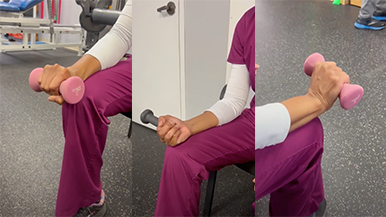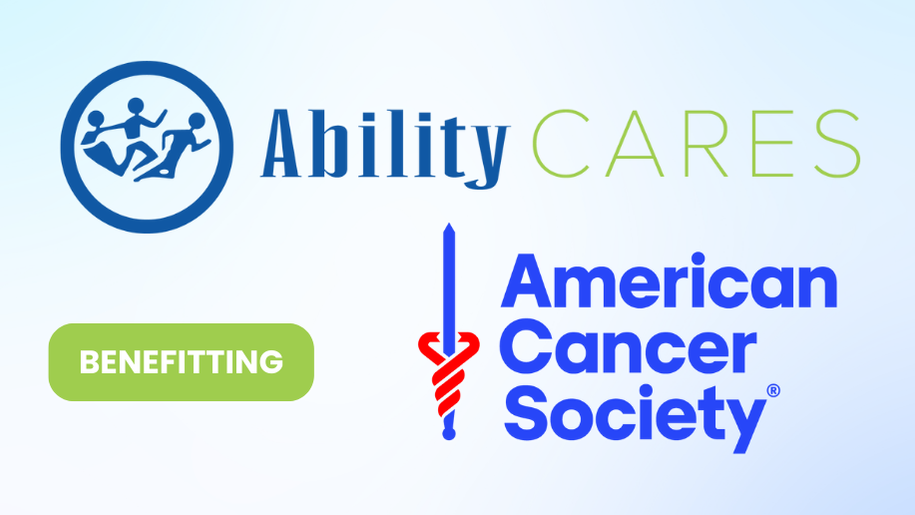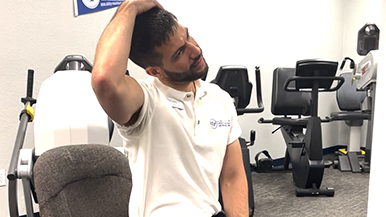Pregnancy Related Pelvic and Low Back Pain
Lower back and pelvic pain during pregnancy is a common complaint and can be experienced during any of the trimesters. Between 50 and 70 percent of all pregnant women report having back pain, according to the American Pregnancy Association.
 Lower back and pelvic pain can keep an expecting mother from having a good night’s sleep or cause constant discomfort. This pain can be caused by the increase of hormones, additional weight or everyday activities such as climbing stairs.
Lower back and pelvic pain can keep an expecting mother from having a good night’s sleep or cause constant discomfort. This pain can be caused by the increase of hormones, additional weight or everyday activities such as climbing stairs.
There are many ways to help alleviate lower back and pelvic pain including physical activity and practicing good posture.
What can cause pregnancy-related back and pelvis pain?
There are a number of factors that can contribute to lower back and pelvis pain during pregnancy. Women who are at the highest risk for this pain are those who are overweight or had back pain prior to pregnancy.
The two most common types of lower back pain experienced during pregnancy are lumbar pain and posterior (near the buttocks) pelvic pain. Lumbar pain is felt in the lower part of the spine and can be felt at approximately waist level. Posterior pelvic pain is felt in the back of the pelvis. It can be felt in the buttocks and the back of the thighs. Posterior pelvic pain is common during pregnancy and may also cause morning stiffness and pubic pain.
The causes of lumbar back and pelvis pain can include:
- Increase of hormones. Hormones released during pregnancy cause the ligaments in the pelvic area to soften and the joints become looser. This can make the back and pelvis feel less stable.
- Shifted center of gravity. The expanding uterus shifts the center of gravity forward and weakens the abdominal muscles, changing a person’s posture.
- Posture. Having poor posture or standing excessively can cause lower back pain.
- Additional weight. As the pregnancy develops, an expecting mom has additional weight that their back must support.
The causes of posterior pelvic pain may include:
- Weight and body distribution changes
- Muscle fatigue
- Rise in hormone levels
- Walking
- Climbing stairs
- Getting in and out of a tub or low chair
- Rolling over in bed
- Twisting
- Lifting
What are ways to minimize pregnancy-related back and pelvis pain?
While lower back and pregnancy pain may not be alleviated completely, there are many tips an expecting mother can follow to ease back pain during pregnancy. These include:
Exercise. Physical activity, approved by a healthcare provider, can keep back muscles strong. Gentle activities, such as walking or water exercises should be performed.
Practice good posture. While the baby grows and a woman’s center of gravity shifts, she may be tempted to lean back, but this can strain the muscles. Instead, she should stand and sit up straight, keep her shoulders back, hold her chest high and never lock her knees.
Wear good shoes. Shoes should be low-heeled, but not flat and have good arch support.
Squat, don’t bend. A pregnant woman should not bend at the waist or lift with the back. If she has to pick something up, she should bend at the knees and lift from a crouching position.
Sleep on the side. An expectant mother should sleep on her side with one or both knees bent to support her abdomen. She should avoid sleeping on her back.



